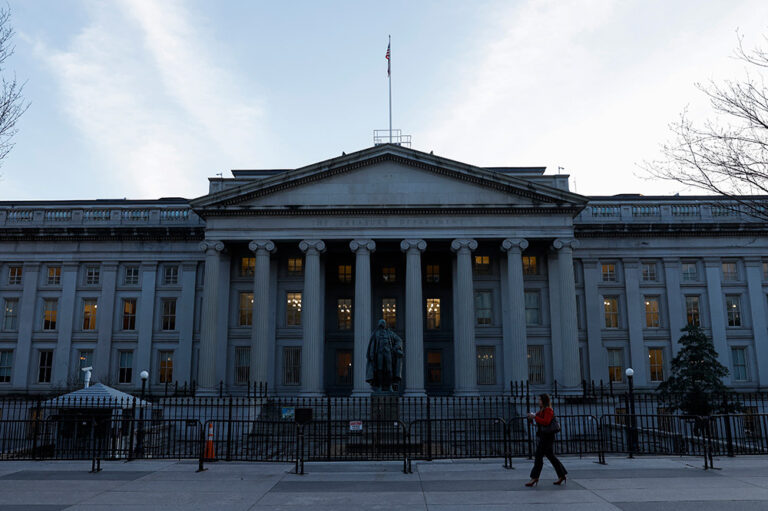With federal debt projected to reach nearly the size of our entire economy within ten years — and keep rising from there — it’s clear that we’re on an unsustainable fiscal path. That’s why it’s important for lawmakers to consider the many available policy options for improving that outlook.
A report released last week by the Congressional Budget Office (CBO) highlights 121 options for reducing the federal budget deficit and putting America on a better path. This 316 page report shows that many potential solutions exist to put our fiscal house in order.

The CBO report includes options for both increasing revenues and reducing spending. Among the 40 proposals to boost revenues are:
- Raising individual income tax rates by 1 percentage point for all brackets, which would increase tax collections by $905 billion over the next 10 years, according to CBO’s projection. Raising individual income tax rates by 1 percentage point on only the highest four brackets would increase revenues by $223 billion over the 10-year period. (See the current tax brackets.)
- Increasing the corporate income tax rate by 1 percentage point, which would increase tax collections by $96 billion over the next 10 years.
On the spending side of the budget, 81 options are presented, including:
- Changes to Medicare. The combined effect of three changes to Medicare would reduce the deficit by roughly $650 billion over the next 10 years: increasing the premiums that enrollees pay for Medicare Part B and Part D coverage; requiring drug manufacturers to pay a minimum rebate on drugs covered under Part D for low-income beneficiaries; and reducing bonus payments to private insurers for certain Medicare Advantage plans.
- Changes to Social Security. Three adjustments to Social Security, taken together, would reduce the deficit by about $180 billion over the next 10 years. Those changes are: calculating individuals’ initial benefits based on average prices rather than average wages; making the benefit structure more progressive while reducing benefits for higher-income workers; and raising the full retirement age from 67 to 70.
- Reductions in Defense Spending. Reducing the budget for the Department of Defense by 5 percent relative to the amount planned for 2022 would save about $250 billion through 2028.
Lawmakers should use the options presented by CBO as a starting point for conversations about how to address the growing federal debt. Our current fiscal situation is the result of a fundamental mismatch between spending and revenues, and the CBO report includes options that address both. That broad scope illustrates many possible paths for improving our fiscal outlook.
Image by Win McNamee/Staff/Getty Images
Further Reading
The Fed Reduced the Short-Term Rate Again, but Interest Costs Remain High
High interest rates on U.S. Treasury securities increase the federal government’s borrowing costs.
What Types of Securities Does the Treasury Issue?
Learn about the different types of Treasury securities issued to the public as well as trends in interest rates and maturity terms.
Quarterly Treasury Refunding Statement: Borrowing Up Year Over Year
Key highlights from the most recent Quarterly Refunding include an increase in anticipated borrowing of $158 billion compared to the same period in the previous year.


